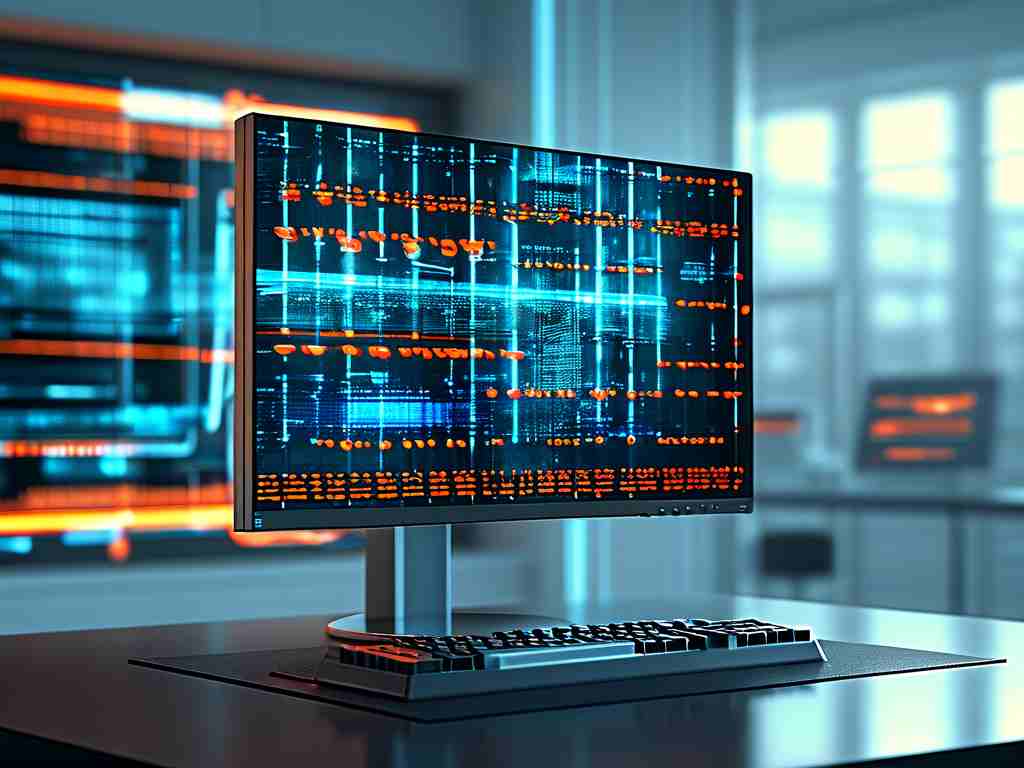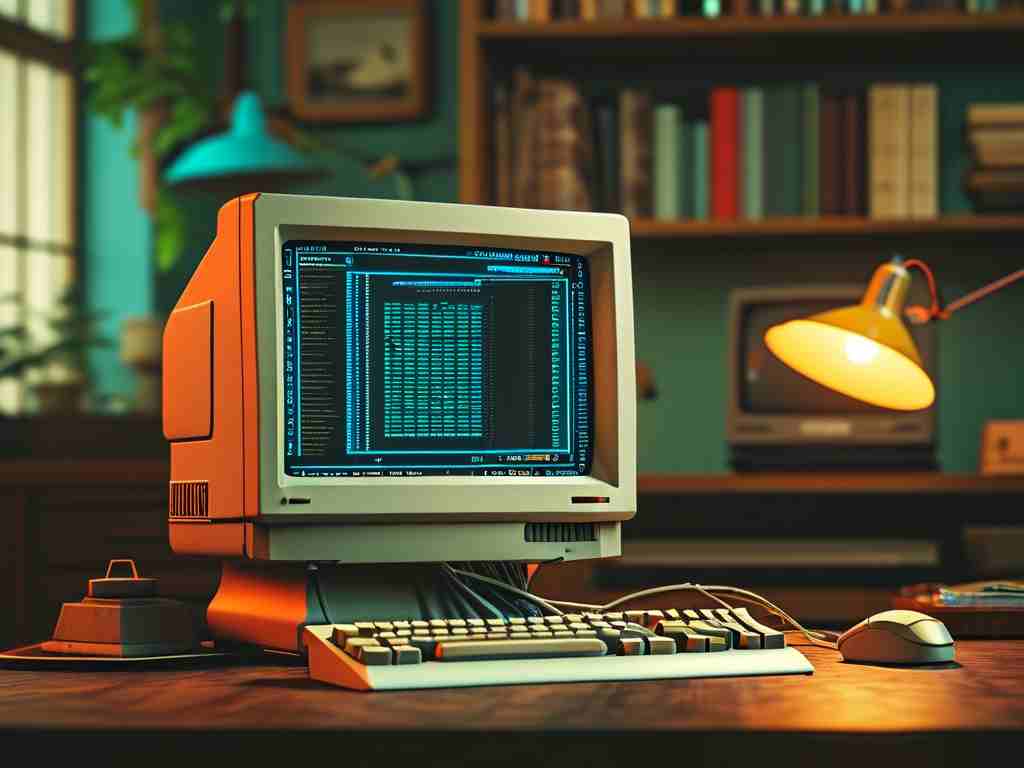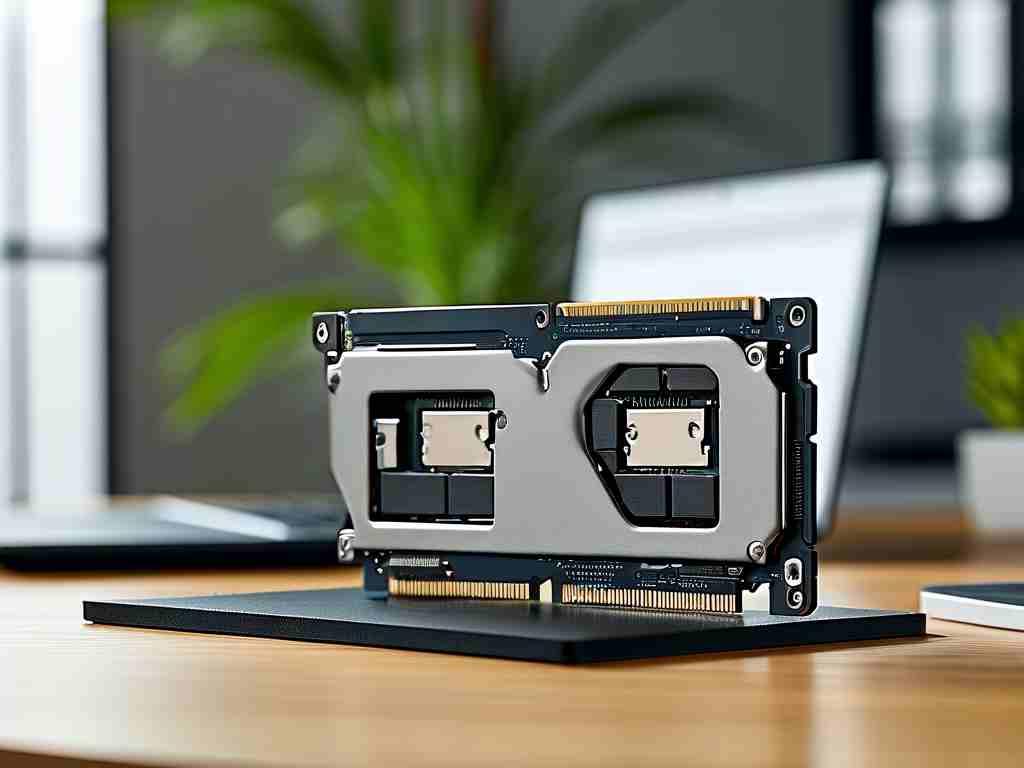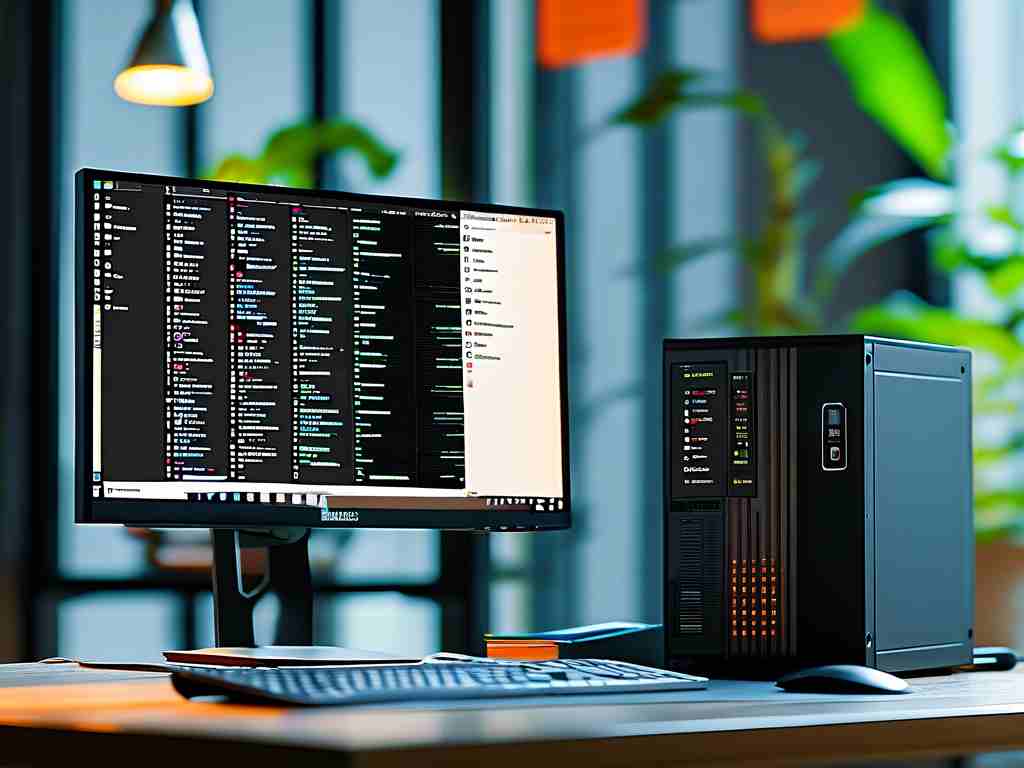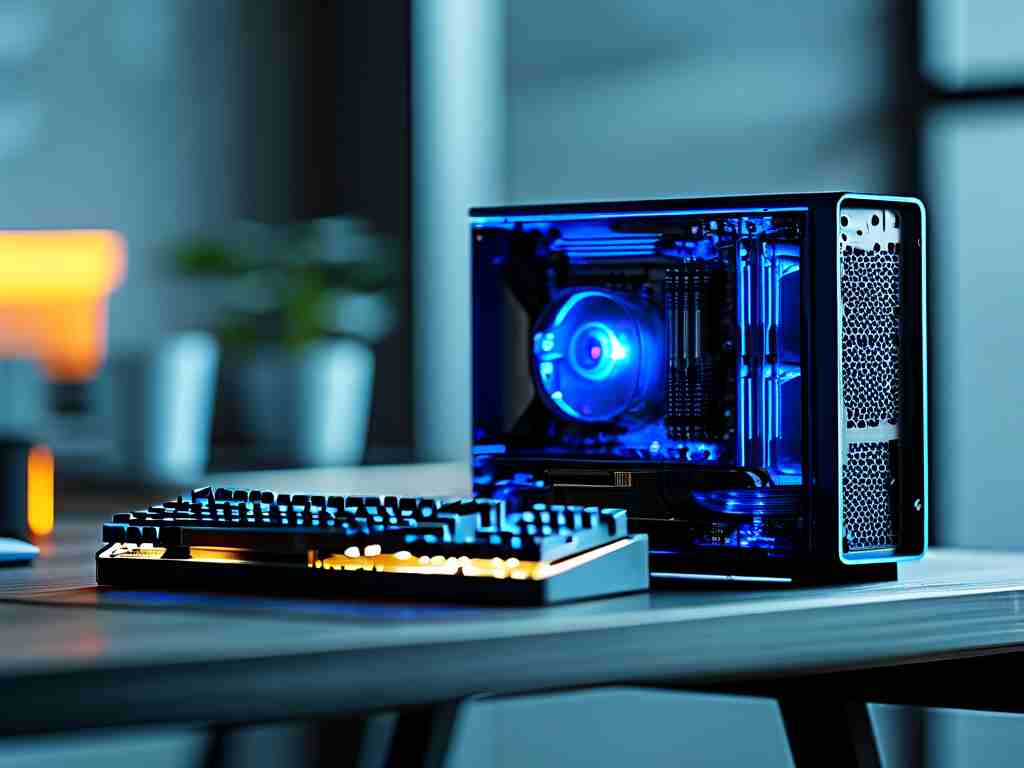As digital devices become integral to daily life, computer performance degradation remains a persistent challenge for users worldwide. Among various optimization strategies, specialized memory cleanup software has emerged as a powerful solution to address accumulated system clutter. This article explores innovative tools and techniques to eliminate memory junk while enhancing device responsiveness.
Understanding Memory Junk
Temporary files, outdated registries, and residual application data gradually consume valuable system resources. These digital fragments often originate from routine activities: browser caching, interrupted software installations, and incomplete file deletions. Over time, this invisible burden can lead to noticeable symptoms – prolonged boot times, application freezes, and reduced multitasking capabilities.
Automated Cleanup Solutions
Modern memory optimization tools employ sophisticated algorithms to identify and remove redundant data without affecting critical system functions. Advanced solutions like Wise Memory Optimizer utilize dynamic memory compression technology, intelligently allocating resources based on real-time usage patterns. Another notable contender, CCleaner Professional, combines registry cleaning with privacy protection features, securely erasing sensitive traces from over 100 applications.
For enterprise environments, CleanMem Manager offers centralized control across networked devices. This server-grade solution automatically clears RAM cache during low-usage periods while maintaining detailed audit logs. Gamers often favor Razer Cortex, which features a dedicated "Game Booster" mode that suspends background processes and optimizes virtual memory allocation for enhanced frame rates.
Manual Maintenance Techniques
While automated tools handle bulk operations, users can supplement these efforts through strategic manual interventions:
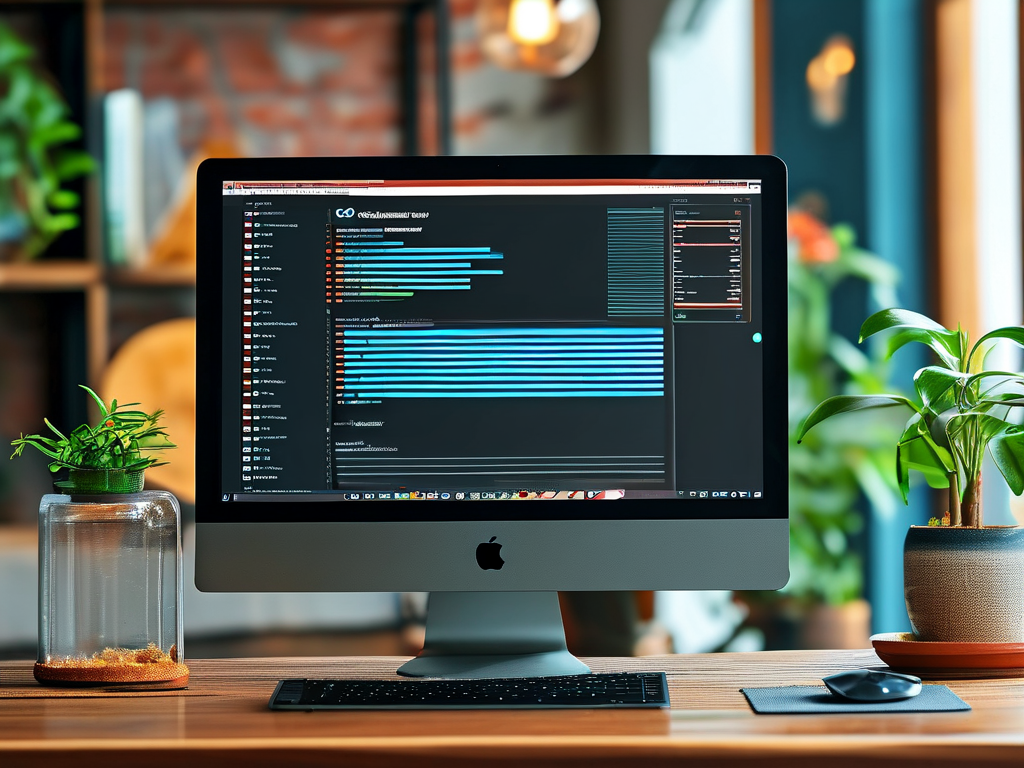
# Sample script to clear Windows temporary files
import os
import shutil
def clear_temp_files():
temp_path = os.environ['TEMP']
for root, dirs, files in os.walk(temp_path):
for file in files:
try:
os.unlink(os.path.join(root, file))
except Exception as e:
print(f"Error deleting {file}: {str(e)}")
print("Temporary files cleanup attempted.")
This basic Python script demonstrates temporary file removal, though professional tools offer more comprehensive safety checks.
Security Considerations
When selecting cleanup software, verify developer credentials and review data handling policies. Reputable tools like Ashampoo WinOptimizer employ military-grade encryption during cleaning operations, ensuring sensitive information remains protected. Avoid utilities requesting excessive system permissions or displaying intrusive advertisements.
Performance Benchmarking
Conduct before-and-after comparisons using built-in Windows tools:
- Press
Windows + Rand executeperfmon /report - Analyze memory usage metrics in the generated report
- Run cleanup software and repeat the assessment
This process helps quantify improvements in available RAM and swap file utilization.
Scheduled Maintenance Strategies
Configure preferred software to perform automatic cleanups during system idle periods. Most professional tools allow custom scheduling – set weekly registry scans and monthly deep clean cycles. Combine this with quarterly manual inspections of startup programs and browser extension inventories.
Emerging Technologies
Machine learning-enhanced cleaners now predict memory usage patterns, proactively releasing resources before performance impacts occur. Cloud-based solutions like Avast Cleanup Premium offload analysis to remote servers, reducing local CPU overhead during scans.
Environmental Impact
Efficient memory management extends hardware lifespan, potentially reducing electronic waste. A well-maintained computer typically demonstrates 23% longer functional longevity compared to unoptimized systems, according to 2023 sustainability studies.
Selecting appropriate memory cleanup software requires balancing automation needs with security requirements. For most users, hybrid solutions combining scheduled automated cleanings with quarterly manual reviews yield optimal results. As system architectures evolve, prioritize tools offering regular updates and cross-platform compatibility. By implementing these strategies, users can maintain peak computer performance while minimizing hardware refresh costs.



